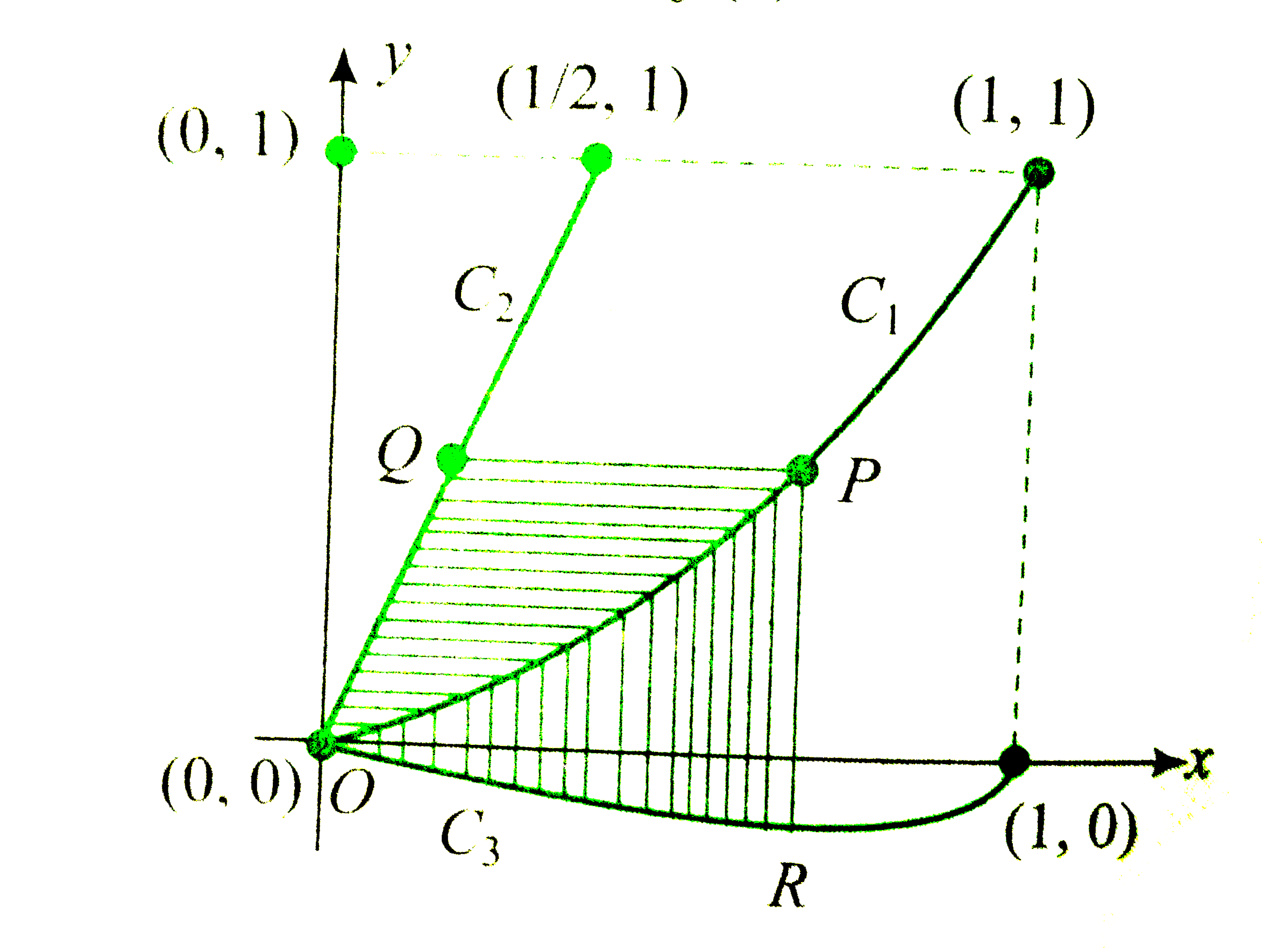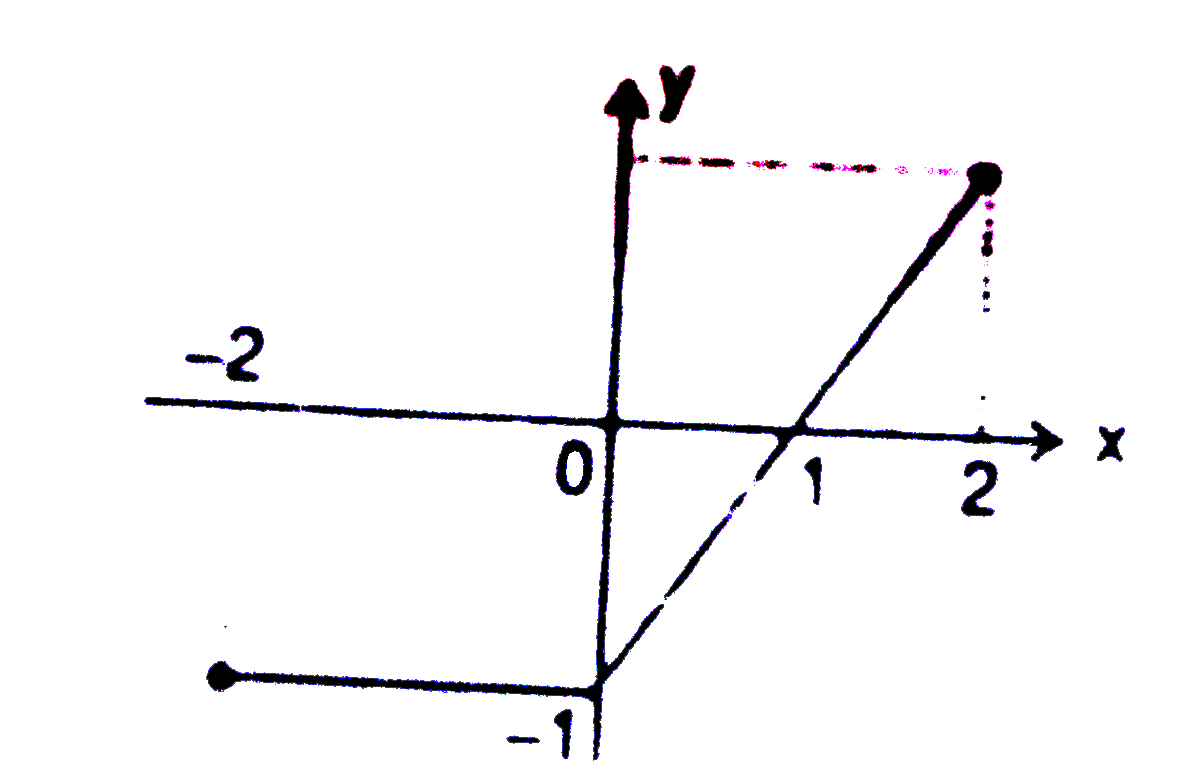Let C1andC2, be the graph of the functions y=x2andy=2x,0≤x≤1 respectively. Let C3, be the graph of a function y−(fx),0≤x≤1,f(0)=0. For a point Pand C2, let the lines through P, parallel to the axes, meet C2andC3, at Q and R respectively. If for every position of P (on C1), the areas of the shaded regions OPQandORP are equal, determine the function f(x).
Step by step video & image solution for Let C_1 and C_2, be the graph of the functions y= x^2 and y= 2x, 0<=x<= 1 respectively. Let C_3, be the graph of a function y- (fx), 0<=x<=1, f(0)=0. For a point Pand C_2, let the lines through P, parallel to the axes, meet C_2 and C_3, at Q and R respectively. If for every position of P (on C_1), the areas of the shaded regions OPQ and ORP are equal, determine the function f(x). by Maths experts to help you in doubts & scoring excellent marks in Class 12 exams.
Updated on:21/07/2023Similar Questions
Let C1andC2 be the graphs of the functions y=x2andy=2x, respectively, where 0≤x≤1. Let C3 be the graph of a function y=f(x), where 0≤x≤1,f(0)=0. For a point P on C1, let the lines through P, parallel to the axes, meet C2andC3 at Q and R, respectively (see figure). If for every position of P(onC1), the areas of the shaded regions OPQ and ORP are equal, determine the function f(x).

View SolutionSketch the graph of the function y=2|x−2|−|x+1|+x.
View Solution
Knowledge Check
Let C1andC2 be the centres of the circles x2+y2−2x−2y−2=0andx2+y2−6x+14=0 respectively. If P and Q are the points of intersection of these circles, then the area (in sq. units) of the quadrilateral PC1QC2 is:
A8B6C9D4If the graph of the function y=(a−b)2x2+2(a+b−2c)x+1(∀a≠b)
Aa<b<cBa<c<bCb<a<cDc<b<aLet C1andC2 be the circles x2+y2−2x−2y−2=0 and x2+y2−6x−6y+14=0 respectively. If P and Q are points of intersection of these circles, then the area (in sq. units ) of the quadrilateral PC1QC2 is :
A4B9C6D8
Draw the graphs of the functions y2=x+1andy2=−x+1 and also find the area bounded by these curves.
View SolutionLet C1 and C2 be two circles whose equations are x2+y2−2x=0 and x2+y2+2x=0 and P(λ,λ) is a variable point
View SolutionLet C1 be the graph of xy=1 and the reflection of C1 in the line y=2x is C2. If the equation of C2 is expressed as 12x2+bxy+cy2+d=0, then the value of (b+c+d) is equal to
View SolutionLet f(x)=x2+bx+c∀x∈R,(b,c∈R) attains its least value at x=−1 and the graph of f(x) cuts y-axis at y=2
View SolutionIf the graph of the function y=f(x) is as shown :

The graph of y=1/2(|f(x)|−f(x)) is
View Solution
